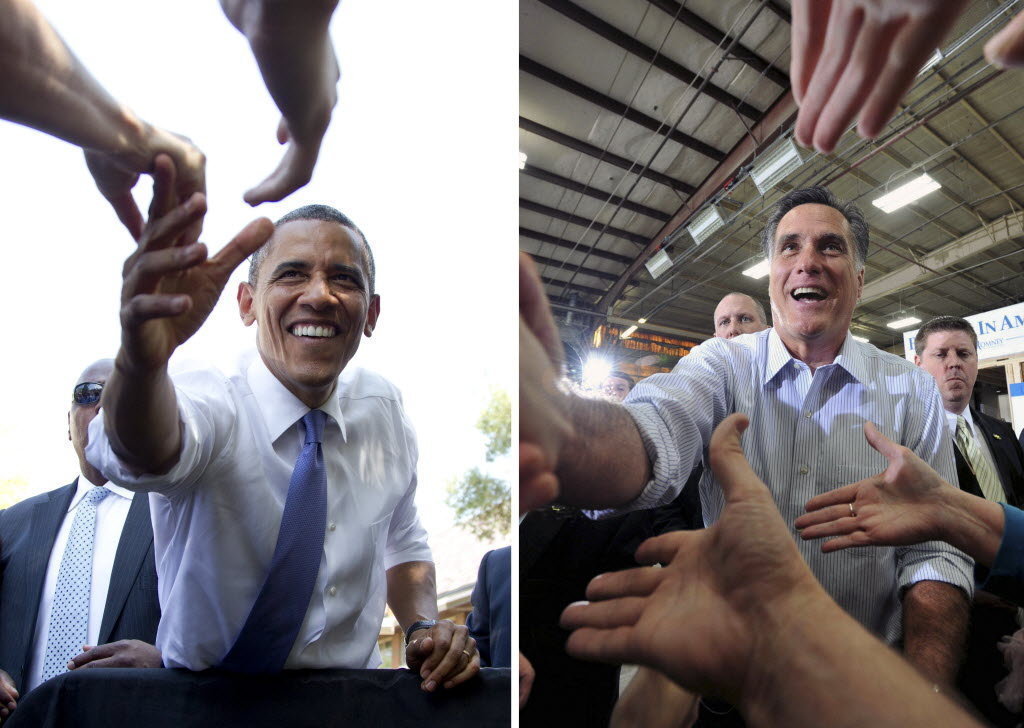In the aftermath of the 2012 elections, some progressive commentators drew the mistaken conclusion that Democrats no longer needed white working-class Americans. High turnout and the Democratic tilt of youth, minorities, single women and upscale professionals, they argued, had created a new “coalition of the ascendant” that can win future presidential elections.
In my new book, The White Working Class Today: Who They Are, How They Think and How Progressives Can Regain Their Support, I challenge this notion. I present the case that winning the support of white working-class Americans is critical to creating a stable Democratic majority.
As events since Barack Obama’s re-election have demonstrated, there is no guarantee that the Obama coalition will return in the same high proportion it did last year. Equally, the GOP may choose a candidate next time who is less aloof and openly disdainful of voters. In either case, without increasing the size of the Democratic coalition, victory will continue to hang by a thread.
| Many Democrats believe all they have to do is wait for demographic change to inexorably reduce the GOP coalition to a permanent minority. They are wrong. |
For several technical reasons, 2012 exit polls provided much less information about the voting trends of working-class whites than in previous contests. As a result, there was unusually little discussion of how these voters behaved on election day. Fortunately, the polling firm Democracy Corps did a substantial survey of 3,400 Americans after the election that fills in the gaps.
Thirty-six percent of whites with less than a four-year college degree voted for Obama, four percent less than in 2008 (42 percent of college-educated whites chose Obama last year). With strong turnout among other pro-Obama groups, even this reduced margin was enough to win.
But a closer look reveals there was little difference in support for Obama between the “narrowly” defined white working class—high school graduates (36 percent)—and those with some college education (37 percent). In fact, even college graduates voted for Obama in basically the same percentage (37 percent) as those with less education. It is only at the post-collegiate level that there is a sharp increase in Obama’s support (52 percent).
This is somewhat surprising given the view that working-class Americans are more conservative than their college-educated counterparts. Romney’s “successful businessman” persona appealed to college-educated whites as much as it did to high school-educated whites.
Looking at groups within working-class whites who chose Obama, two groups stand out.
First, women. The difference between men and women with less than college educations (32 and 40 percent, respectively) is actually a more significant gap than the gap between the high-school educated and those with some college (36 and 37 percent, respectively).
This gender gap is of critical significance for Democratic political strategy. If Obama had been forced to depend on the votes of white working-class men, he could not have been re-elected. To the degree that different issues appeal to white working-class men and women, this suggests that white working-class women will be in general a more receptive audience.
Differences in age are also significant, but only become decisive in the case of the 18- to 29-year-old “Millennials.” When one looks at white working-class voters over 50 who chose Obama (35 percent) compared to those under 50 (38 percent), the difference isn’t large.
But when one looks at white working-class Millennials, the difference is dramatic. They are far more liberal on social issues than over-50 working-class whites and strikingly less hostile to the federal government. In 2012, Obama ran a modest nine-point deficit (43-52) among these voters compared to his 25-point deficit among the white working class as a whole.
A third significant pro-Obama group within white working-class America is unionized whites. Although in many areas of the country, union members do not constitute a significant electoral force, in the critical states in the Midwest like Ohio and Wisconsin, they remain pivotal.
According to a post-election report by The Washington Post, 54 percent of union whites in Ohio chose the incumbent while 39 percent of non-union whites did the same. In Wisconsin, the point spread was even wider—60 percent compared to 42 percent.
This clearly shows the substantial pro-Democratic influence of union membership on the political attitudes of white working-class Americans—a 15 percent increase in support for Obama in Ohio and 18 percent in Wisconsin—but it also indicates an underlying geographical trend as well. Even among non-union white workers in those two states, the level of Obama support was substantially above the national white working class average of 36 percent.
| The Democrats’ so-called coalition of the ascendant must include the support of working-class whites. |
The importance of geography is confirmed by a large public opinion study before the election by the Public Religion Research Institute that used a distinct and narrower definition of “working class” than levels of education. The study found a enormous regional gap between the “white working class” support for Obama in the South (22 percent) and in other regions of the country—44 percent in the Midwest, 41 percent in the West and 38 percent in the Northeast.
This huge gap between support for Obama among white working-class Americans in the South and everywhere else reflects the underlying social and cultural differences between the two groups that make it necessary to visualize them as being two distinct working-class cultures.
One is rooted in the social conditions and “country” culture of the south and non-southern rural and small-town areas. The other is rooted in the Rust Belt and other urban and northern working-class areas. These distinct cultures produce two distinct political forces, one overwhelmingly and strongly Republican, the other, more evenly divided between parties.
Drawing together these various threads, it becomes possible to see some of the sub-groups within white working-class America who are good targets for recruitment to the Democratic coalition—white working class women, younger workers and working people in the Rust Belt and non-south regions of the country.
A major obstacle to an outreach strategy are the people who misinterpret the 2012 election as proof that the existing Democratic coalition is sufficient and that all Dems have to do is wait for demographic change to inexorably reduce the GOP coalition to a permanent minority.
Demographic trends do indeed favor the Dems, but the change they produce is glacially slow. The GOP will still be highly competitive in the elections of 2016 and 2020 if they simply choose a more appealing candidate than they did in 2012.
It is only by expanding the basic Democratic coalition by 2 or 3 percent that Democrats can build a margin of safety in those contests and the most promising place to seek those critical extra Democratic votes is among the millions of white working-class Americans.
Andrew Levison has written for The New Yorker, The Nation, The American Prospect and The Washington Post, among others. He is a contributor to the Democratic Strategist. His latest book is The White Working Class Today: Who They Are, How They Think and How Progressives Can Regain Their Support. (Image via)




0 Comments